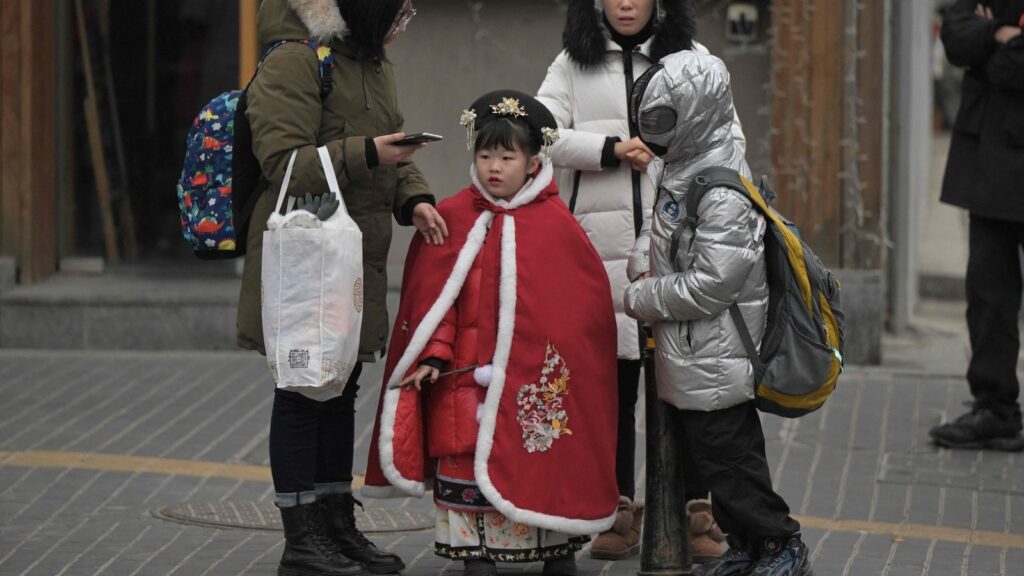China’s population fell by 2.08 million in 2023, a decline for the second straight year, the country’s National Bureau of Statistics said Wednesday. Add the decline of 850,000 in 2022, and it means that the population of the world’s second most populous nation has declined by nearly three million in two years. Notably, the 2022 decline was the first since 1961, recorded in the aftermath of a widespread famine in Mao Zedong’s time. The bureau also said 9.02 million babies were born in 2023, down from 9.56 million in 2022.
The new figures reflect old worries. China’s declining — and aging — population brings with it crippling economic and social problems. A falling population means a shrinking, and more expensive, labour force, a smaller market, fewer consumers and, in turn, a slowing of the world’s second-largest economy.
Given that China’s elderly population, aged 60 and above reached 280.04 million by the end of 2022, the country’s social security system will be stretched over health care costs and pension funds: Those bills will only get heftier and increase the financial burden on the fewer, younger citizens. The world will not be insulated either in the backdrop of China’s critical role in driving the global economy. The UN called China a “global trade titan” in 2021. Countries felt the pain when supply chains were impacted because of the Asian country’s pandemic-control policies. In 2022, for example, China was the world’s second-largest goods importer, accounting for nearly 11% of the world’s goods imports; in 2023, the value of China’s foreign trade was $5.87 trillion. So, any slowing down and contraction of the Chinese economy will be felt globally.
Continue reading with HT Premium Subscription
Daily E Paper I Premium Articles I Brunch E Magazine I Daily Infographics


